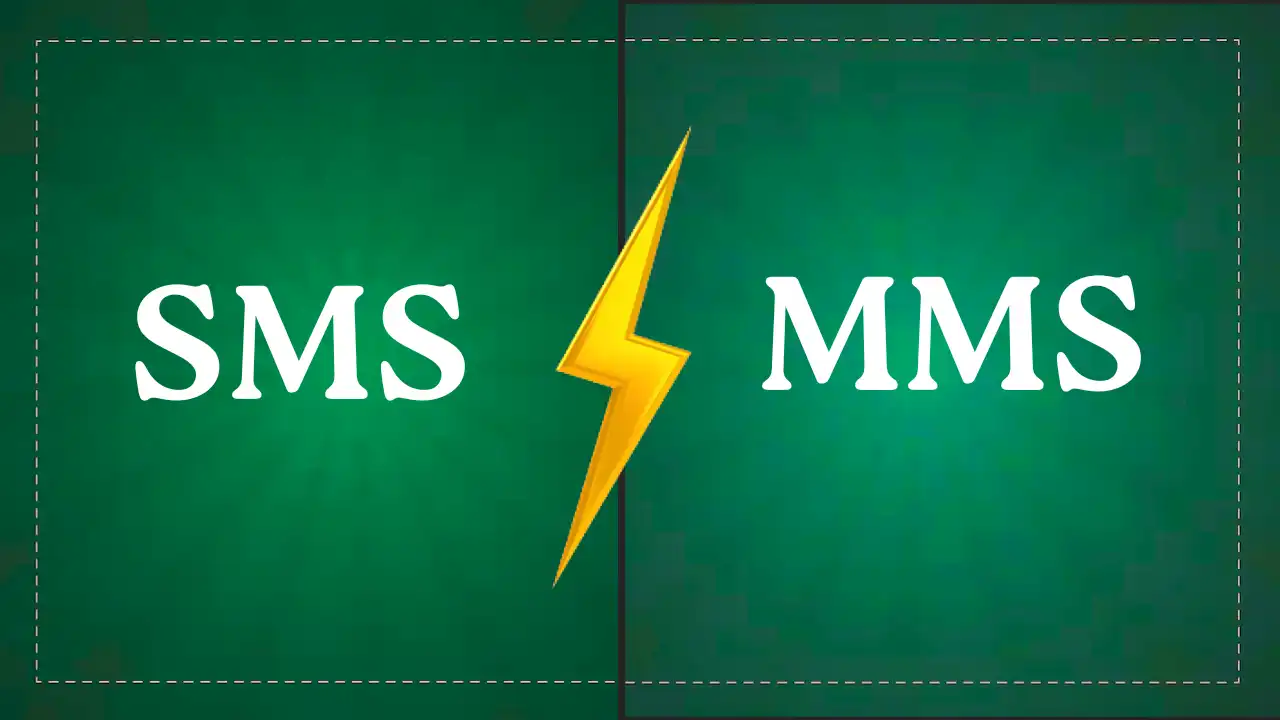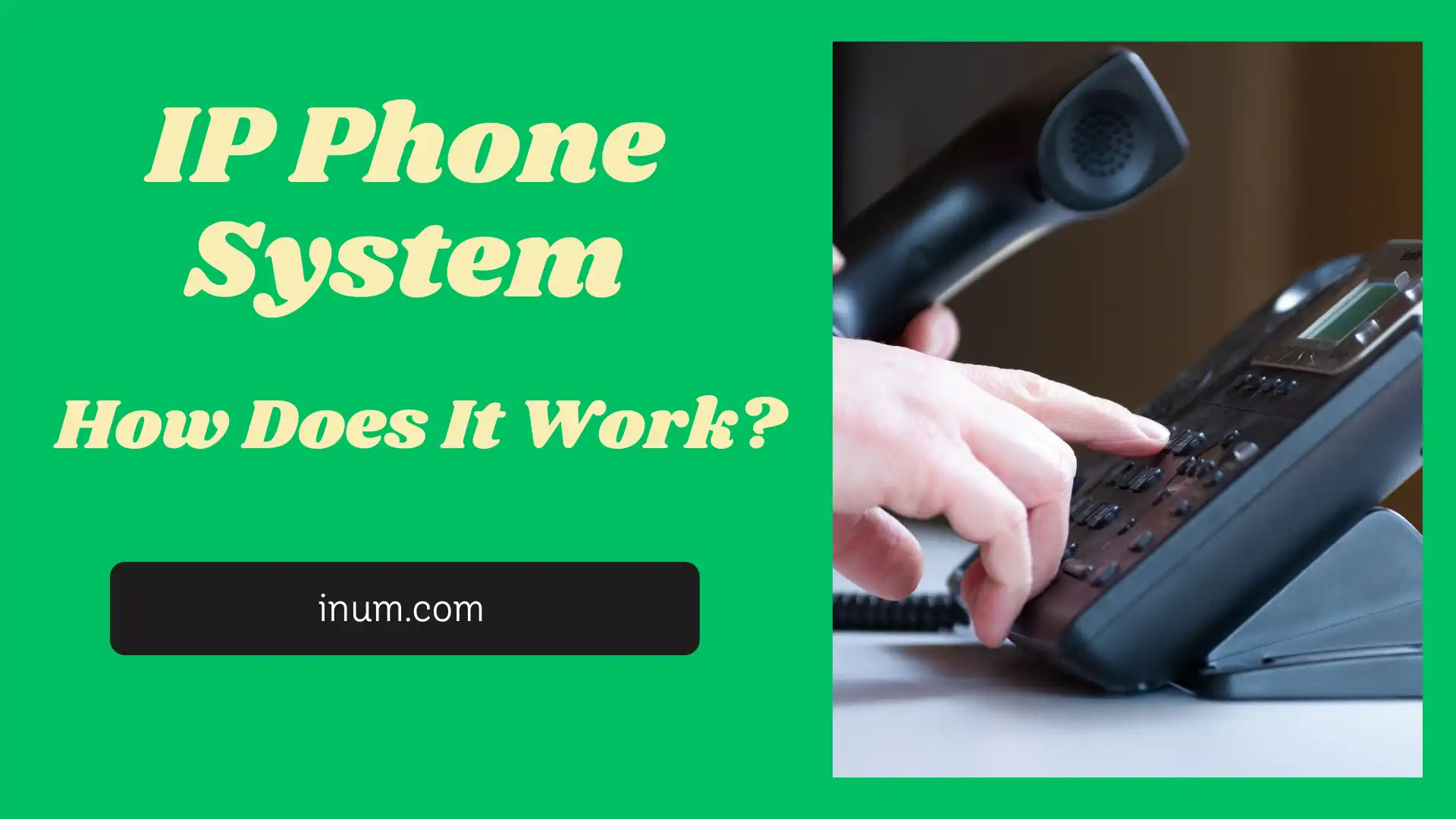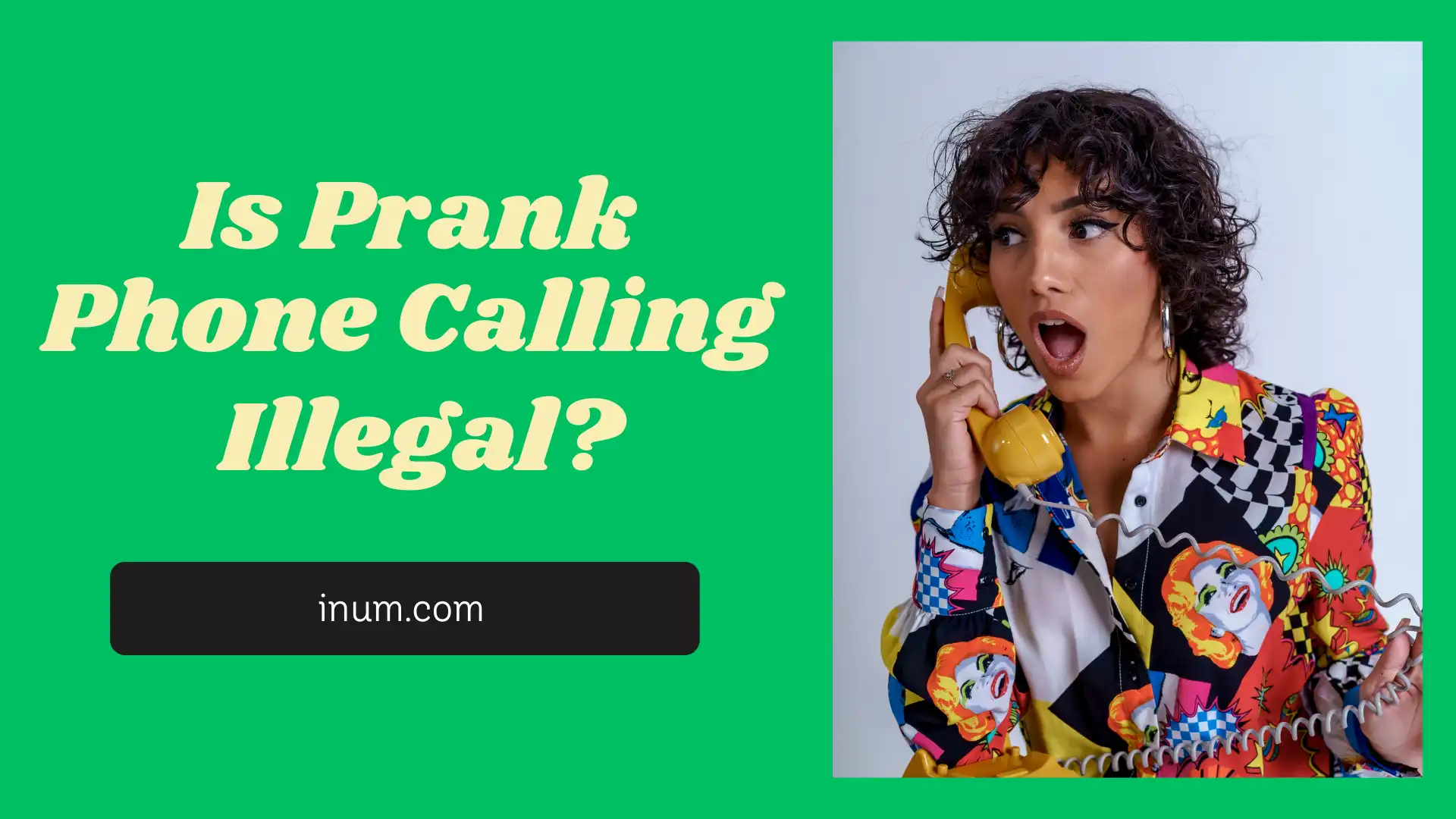It is important to know the differences between SMS and MMS messaging so that a business can maximize communication options. The number of smartphone users across the globe is 6.9 billion and 87% of businesses claim that SMS or MMS is a very important component of their marketing mix, so now more than ever before it is important to utilize the right messaging service to meet your specific requirements.
Even though SMS and MMS might seem closely related to each other, these two services have different functionalities and applications. This blog will discuss the major distinctions between SMS and MMS and how they are used in person-to-person (P2P) and in application-to-person (A2P) messaging.
Understanding SMS and MMS
SMS and MMS are two different messaging protocols that address different communication requirements. To gain a clearer insight into these popular messaging services, in this section, we shall examine the basic distinctions between SMS and MMS, their features and special cases of application in order to more clearly understand the two popular messaging services.
What is SMS?
SMS (Short Message Service) is a message transport protocol allowing the conveying of plain text messages, simple text messages, in the normal cellular telephone networks. SMS is an easy, efficient, inexpensive tool for transmitting plain text messages and does not require an internet connection. It is perfect in case of appointment reminders, order confirmations, and other text-based messages.
SMS is also a dependable and inexpensive method of communicating with mobile phone users around the world, unlike other messaging services that need an internet connection.
SMS is a flexible messaging platform embraced by all kinds of industries to enhance communications and customer experiences.
A more suitable tool is the SMS in case a short text-only message is required, i.e., an appointment reminder or two-factor authentication (2FA) code. The following are some particular ways in which companies in various industries use SMS.
i. Banking and Finance
SMS is used by organizations in the banking and finance industries to send 2FA, fraud notifications and account balance updates. Communicating with customers keeps them informed on their account activity, thereby improving the security of their accounts.
ii. Healthcare
SMS can be useful in the medical field in terms of sending appointment notifications, prescription refills, and test results. Through SMS, medical practitioners can be assured that patients are updated and this will minimize the lack of appointments and encourage time-sensitive care.
iii. Travel and Hospitality
SMS plays a crucial role in the travel and hospitality sector, since the confirmation of booking, updates on flight and check-in at a hotel can be delivered through SMS. Timely information in the form of SMS can enable a smooth travel experience for the customer.
iv. E-commerce
In the case of e-commerce businesses, SMS allows effective communication with order verification, shipment and delivery, and abandoned cart messages. Maintaining customer touch keeps the customers loyal, enhances the shopping promotion of the brand name and may boost sales.
v. Telecommunications
In the case of telecommunications companies, SMS can be useful when seeking customer feedback in the form of satisfaction surveys, updating customer on policy changes, and password resets. Feedback collection improves the customer experience and promotes loyalty.
Major Differences Between SMS and MMS
SMS and MMS have six major differences:
i. Message Delivery Methods
SMS uses cellular networks to send messages in the form of standard data packets. They are transmitted by a sender on his/her mobile phone (P2P) or an application (A2P) to the closest cell tower, an SMS message center then to the receiver.
By contrast, MMS messages are subject to a somewhat more complicated process, which involves a multimedia messaging service center (MMSC). The procedure of sending an MMS message looks like this:
- The message is placed on the MMSC.
- The MMSC sends an SMS notification to the device of the recipient.
- The notification will make the device of the recipient to access the MMS message over the MMSC.
This extra infrastructure renders MMS messages very costly compared with SMS messages.
ii. Supported Content Types
The major distinction between SMS and MMS rests in the content they encapsulate. The SMS has a restriction of plain or simple text whereas the MMS has the capability of carrying multimedia messages such as images, videos and audio files, making the MMS message more expensive. Nonetheless, the types of messaging have their own use cases and it is always important to select the most appropriate to your business objectives.
iii. Limitations of character and data.
The MMS messages have a huge advantage in terms of size constraints. SMS messages have a 160-character limit with MMS messages having a capacity of 1,600 characters and 3.75MB of data. Nevertheless, the majority of carriers have lower sending limits on MMS messages because of the extra resources needed to transmit MMS messages.
iv. Cost
An average SMS message cost is normally between 0.01 and 0.05 cents per text which varies depending on the carrier. Conversely, MMS messages are likely to be expensive similar to four or five SMS messages owing to the incorporation of multimedia. Whether you should use SMS or MMS would mainly depend on your preferred use and budget.
v. Device compatibility
Although SMS messages can be received by almost every mobile phone, the more advanced ones such as smartphones are the only devices capable of receiving MMS messages. It is estimated by Statistica that nearly 7 billion individuals will be using smartphones by 2024 (as opposed to 3.6 billion in 2016).
The issue of MMS compatibility is less of a problem in enterprises with a large audience. However, when there are critical messages like appointment alerts and payment processing, SMS can be more suitable in order to ensure the message is received.
Lastly, it is your business need and your target audience that will make the decision on whether to use SMS or MMS. SMS is provision of a plain text message of ideas in a simple, reliable and low-cost manner as compared to MMS that provides the ability to add interesting multimedia content.
Top 10 Business Messaging In Action
SMS and MMS messages are of two broad categories namely Person-to-Person (P2P) and Application-to-Person (A2P). The primary distinction between P2P (person-to-person) and A2P messaging lies with the source of the messages under discussion. A P2P message is transmitted directly between the mobile devices of one person and another; an A2P message is channeled through an application or platform until it gets to the receiver.
The following are only a few examples and uses of how businesses can take advantage of messaging:
1. Appointment Reminders
This is an automatic system where medical practices, salons and other businesses remind their customers through automated systems when they have an appointment, and this has contributed to fewer no-shows, cancellation.
2. Alerts
Companies notify the users of important happening or changes, like service failures, security violations, or emergency messages.
3. Customer Support
Customer care agent assists a customer in fixing a problem or responds to an inquiry in a text message format and attends to him/her personally.
4. Authentication Codes
Provide one-time passwords (OTPs) or two-factor authentication (2FA) verification codes, and strengthen account security.
5. Order Confirmations
E-commerce corporations make order confirmations, which present customers with purchase information and build trust in the buying process.
6. Delivery Updates
A delivery person will contact the customer to verify delivery information or give live updates to the customer so that he/she has a hassle-free delivery.
7. Promotional Messages
Promotional messages are sent by retailers or service providers and they may include sales announcements, discounts, or the introduction of a new product.
8. Customer Rewards Loyalty
Companies give loyalty customers special offers, special discounts, or customized recommendations.
9. Lead Qualification
A sales rep contacts a potential lead to analyze what needs they have and to find out whether the prospect is a good fit to use the products or services that the company offers.
10. The Alerting of Account Balance
Banks or financial institutions will tell customers their account balance, and this will make them know their financial status.
It is essential to understand the differences between P2P and A2P, as this will enable businesses to utilize SMS and MMS more effectively, meeting their communication objectives and enhancing customer contact.
SMS vs. MMS: Which is Appropriate to Your Business?
To decide wisely on SMS or MMS, you need to consider your business application, communication objectives, message size, type of message and the audience. We will offer some helpful tips on how to pick the appropriate messaging solution that can suit your needs below.
When to Choose SMS?
The best choice will be SMS, where you are able to convey the most important information to your customers using plain text within a 160-character constraint. Under these circumstances, the extra expense of sending MMS message is unnecessary. The other option that can be considered good is SMS, in case a good percentage of both your customers and you do not have access to smartphones, and also when sending simple texts like order confirmation, appointment reminder, or update of delivery.
It is important to remember that longer than 160 character will be segmented into multiple SMS messages, the effect of which can be negative to the customer experience.
When to Choose MMS?
MMS will be more desirable where you are required to send more than 160 characters. It may also be more economical and easier to transmit one MMS message rather than a series of SMS messages, due to its generous 1,600-character limit. MMS is also required whenever sending images, videos or other forms of multimedia.
The improved visual quality and more content can justify the additional cost to increase customer engagement.
As you streamline and optimize your customer journey, situations will arise where one will require SMS or MMS as a better communication form. Using the factors listed above, you will be able to make the most effective decision to improve your approach to messaging and serve your customers better.
In Conclusion – SMS vs MMS
One should be familiar with the distinction between SMS and MMS to make sure that businesses will be able to contact their consumers and survive in the changing digital world. SMS is cheaper, faster and can be used across devices but MMS can send content of rich media that can enhance the overall user experience.
To be able to stay competitive and keep pace with the needs of your audience, you must choose the right type of messaging to apply in your business. The point is that having a properly designed message content, message length, cost, and device compatibility, you can be sure that your messaging strategy will effectively appeal to your customers and bring growth in the ever-changing digital environment.
FAQs – SMS vs MMS
Q1. Does Android use SMS or MMS?
Android utilizes SMS (text-only messages) and MMS (multimedia messages).
Q2. Does the iPhone use SMS or MMS?
iPhone supports SMS to use text only and MMS to enjoy multimedia except between Apple devices where it uses iMessage, which utilizes the internet to transfer messages.
Q3. How do I know whether it is SMS or MMS?
Regardless of whether you are using SMS or MMS, you can know that by the presence or absence of text in the message that it is either a multimedia message (MMS) or it is only a text (SMS). MMS messages include images, videos, emojis, GIFs, et cetera.
Q4. Are all phones MMS capable?
MMS messages cannot be received on all phones, particularly older phones or those without data features.
Q5. What does it mean by SMS or iMessage or WhatsApp compared?
SMS is a carrier service, and applications like iMessage or WhatsApp are Over-The-Top (OTT) apps that utilise the internet when communicating through messaging.
Read More : Are VoIP Calls Free? What You Need to Know
Read More : What Are Call Pops? A Complete Guide for Businesses?



